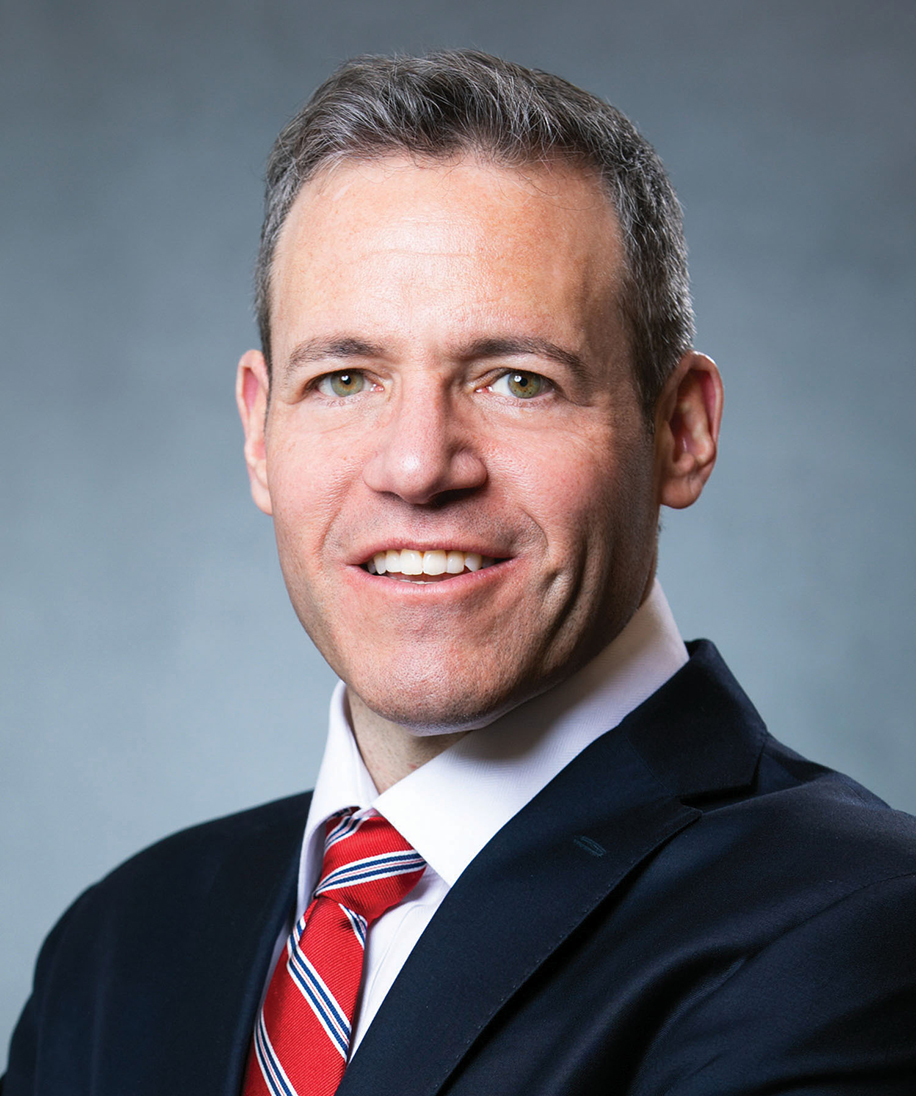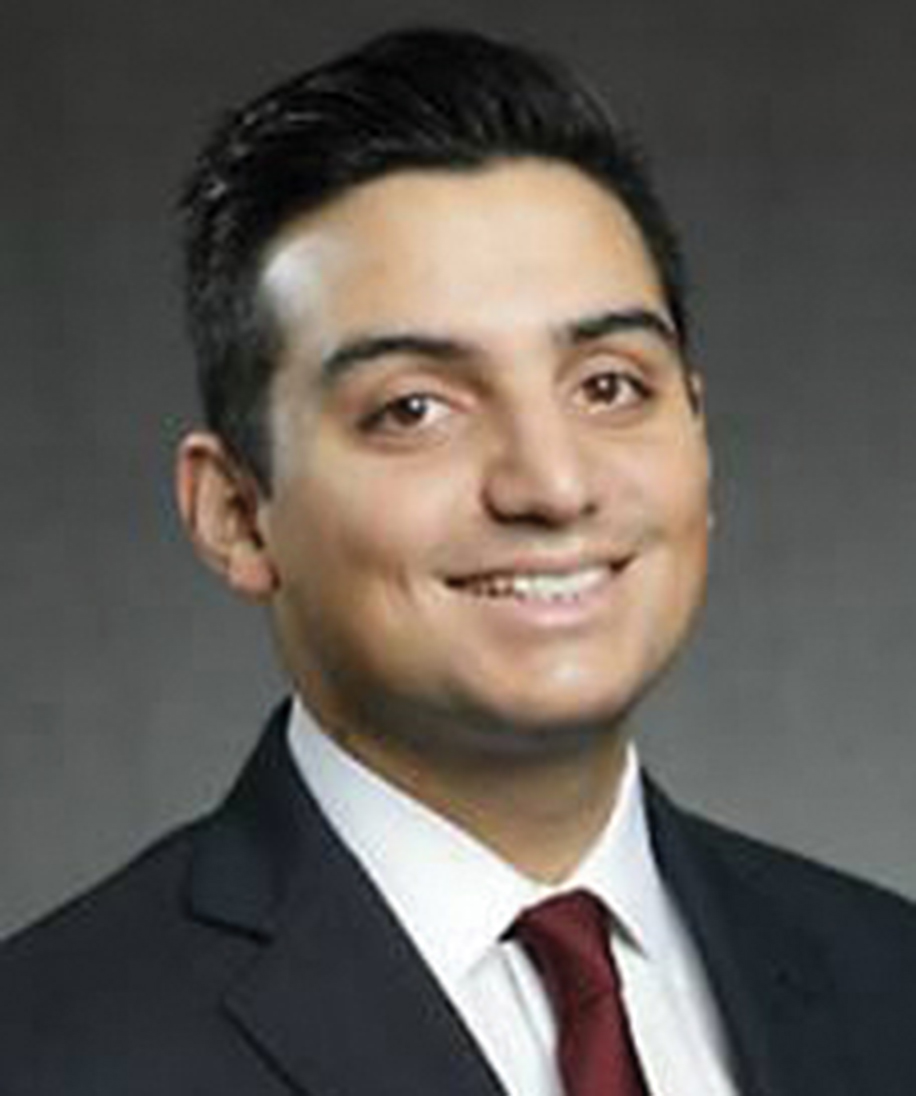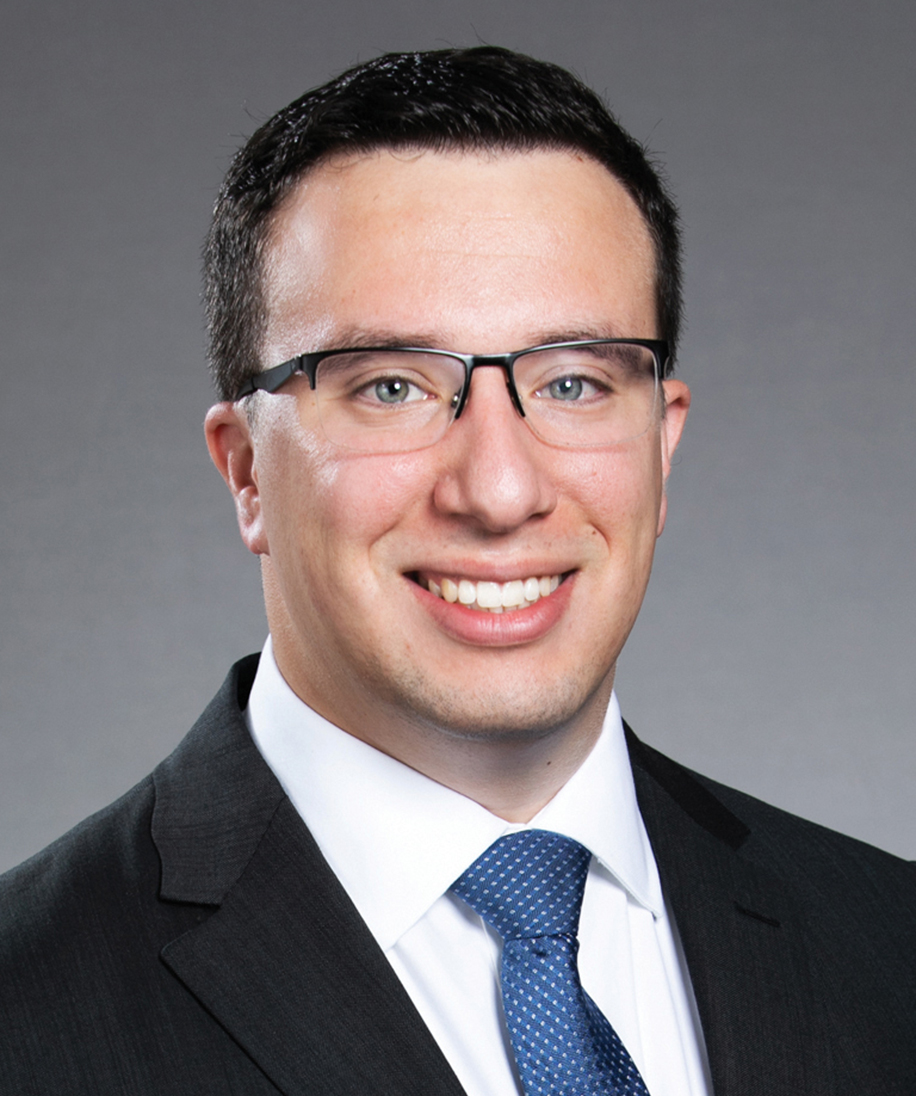Client Alert
New Decision Addresses Whether Transcription Error in Prior Art Supports Obviousness
August 11, 2022
Bruce M. Wexler, Carl J. Minniti III, Justin T. Fleischacker & Farida Shawkat*
More than 50 years ago, the Court of Customs and Patent Appeals (CCPA) in In re Yale, 434 F.2d 666 (C.C.P.A. 1970), held that where a prior art reference includes an obvious error of a typographical or similar nature that would be apparent to a POSA who would mentally disregard the errant information as a misprint or mentally substitute it for the correct information, the errant information does not constitute an invalidating disclosure. In LG Electronics v. ImmerVision, the Federal Circuit recently had an opportunity to revisit this issue. See 2022 WL 2659335 (Fed. Cir. July 11, 2022) (precedential). While on its face the Federal Circuit’s adoption of In re Yale’s rule appears straightforward, the facts of LG Electronics highlight the process for determining what qualifies as an “obvious” error in the prior art.
The appeal was from two final IPR written decisions in which the PTAB determined a key prior art disclosure was an apparent error under the In re Yale standard, and, therefore, the challenger had not proven the challenged claims unpatentable. More specifically, LG argued that a US patent that claimed priority to a Japanese application was a prior art reference rendering ImmerVision's claims over a method of capturing digital panoramic images invalid. LG’s expert had used data and a mathematical coefficient described in the prior art reference to illustrate that a claim limitation read on a prior art embodiment. The PTAB relied on this expert testimony to grant institution of LG’s petitions. In its full patent owner response, however, ImmerVision submitted competing expert testimony in which the expert had figured out, based on distortions in the resulting panoramic images, that an error existed in the disclosed calculations. The PTAB subsequently determined LG could not rely on this disclosure in the prior art because it was an “obvious error” and, without this error, the disclosure would not result in the claim limitation.
On appeal, LG argued, inter alia, that under the In re Yale standard an “obvious” error is one that carries an immediate disregard for the error, such that a POSA would have quickly recognized the issue. ImmerVision’s expert was argued to have spent a dozen hours figuring it out, after the art existed for 20 years. LG’s temporal argument was not accepted as the standard. Instead, the Federal Circuit held that the In re Yale standard takes into consideration a variety of factors in assessing whether an “obvious” error exists, of which the amount of time it takes a POSA to detect an error is a relevant, though not dispositive, factor. Other factors could include, as suggested in In re Borst, 345 F.2d 851, 1401 n.2 (C.C.P.A. 1965), whether a POSA “would not have been able to reduce the [erroneous prior art disclosure] to practice based on the information disclosed.”
Judge Newman’s dissent expressed the difficulties with applying In re Yale based on the totality of highly technical circumstances: “An ‘obvious error’ should be apparent on its face and should not require the conduct of experiments or a search for possibly conflicting information to determine whether an error exists. When a reference contains an erroneous teaching, its value as prior art must be determined.” Of course, by expressing this test in dissent, it would reinforce that the standard is not the applicable standard under the majority opinion.
Given the paucity of cases involving these kinds of facts, it may be some time before the Federal Circuit has an opportunity to develop this area of the law further. One can readily envision the variety of fact patterns and issues that could arise with In re Yale error arguments, particularly for prior art that may not be of a type to receive extensive scrutiny or re-creation. It is also important to bear in mind that the LG Electronics decision stems from an IPR proceeding, where the burden for proving invalidity is lower than in a district court. If this were a district court, there could be questions whether the patentee must first identify this theory about an error in the prior art during the contentions phase of the case or through an interrogatory response before expert discovery? Moreover, how much fact discovery could be pursued with respect to third-party prior art disclosures purportedly containing an error? Could parties subpoena the author of that reference for underlying data or elicit testimony from the author? These and many other questions could be teed up for future cases to the extent these issues arise.
*Farida Shawkat is a Summer Associate in the New York office and a J.D. Candidate at Seton Hall University School of Law
Contributors



Practice Areas
For More Information


